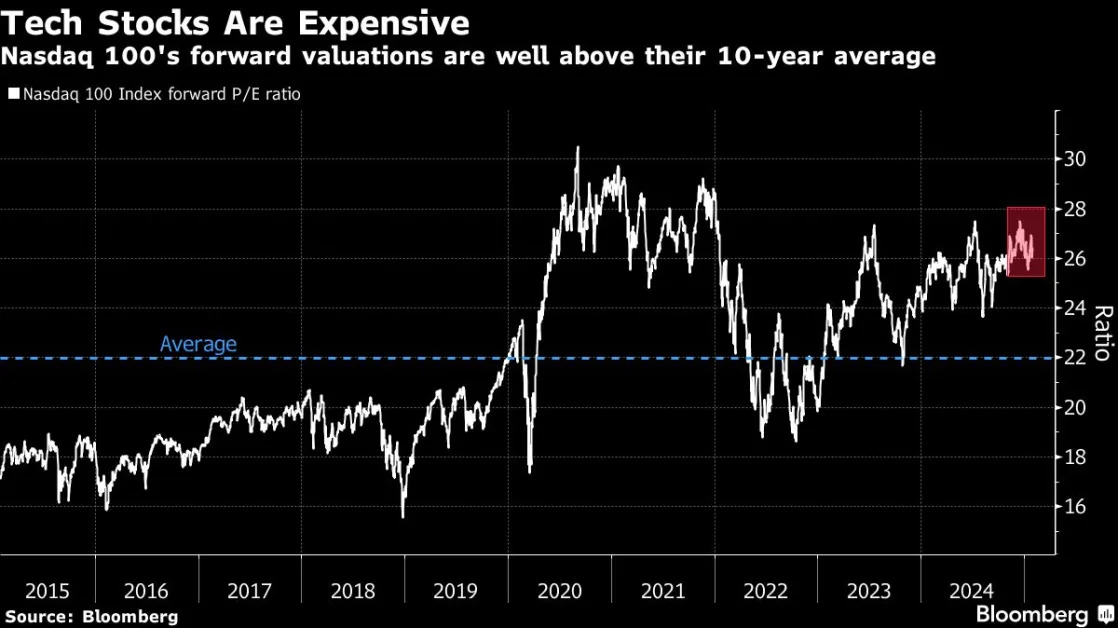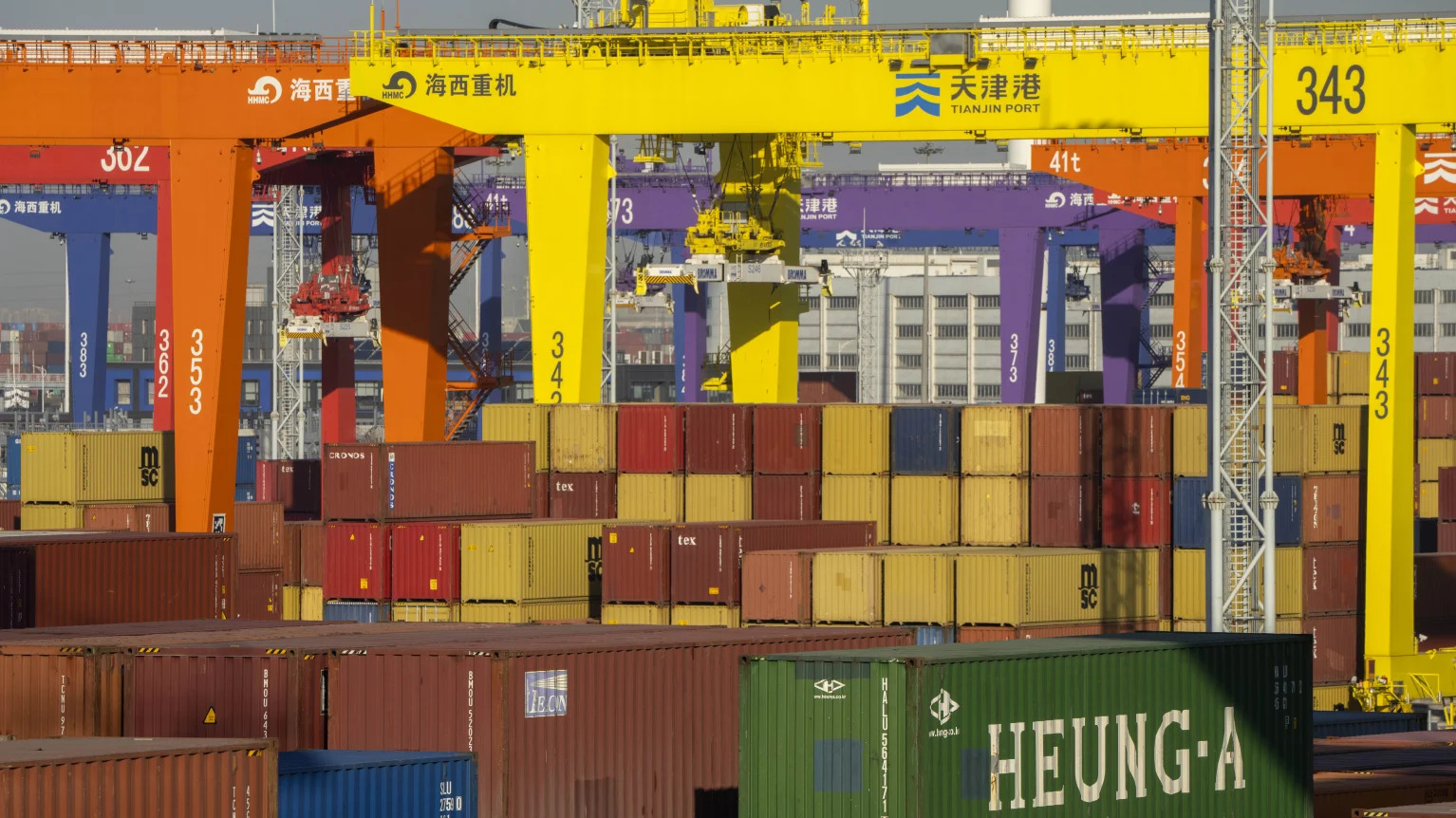Stock markets swung higher on Thursday on strong tech company earnings that underlined the profit-boosting possibility of artificial intelligence, even as the underlying economic news remained mixed.
The S&P 500 rose 0.6%, and the Dow gained 0.2%, marking eight consecutive winning days for both indexes. The tech-heavy Nasdaq popped 1.5%.
Both Meta and Microsoft reported better-than-expected earnings the previous day. Meta, which owns Facebook and Instagram , boosted its capital expenditure plans by billions of dollars as it leans even further into AI. Microsoft reported a 13% revenue surge on the strength of its cloud and AI business.
They are two of the so-called Magnificent Seven tech stocks that have been driving equity markets higher for much of the post-pandemic period.
Tech companies’ expansion plans mark a show of confidence in the economy despite the uncertainty of U.S. tariff policy, Jeff Buchbinder, chief equity strategist for LPL Financial, told Fortune earlier this week.
“The headlines have been getting better, but we haven’t seen anything meaningful and tangible yet, so the market seems to be taking a leap of faith that we’re going to get some attractive trade deals with some trading partners fairly soon,” he said.
Since President Donald Trump said on April 9 he was pausing tariffs for 90 days , administration officials have said progress is being made in negotiations, although details have been scant. Top economist Stephen Miran on Wednesday said high levies on China would stay in place for the immediate future.
Elsewhere, data shows a still-strong economy quickly getting dispirited. McDonald’s on Thursday reported its biggest sales drop since the pandemic as consumers pulled back on discretionary purchases; burrito chain Chipotle noted a similar slowdown last week; and consumer confidence has been falling at the fastest clip in three decades. Unemployment applications have been steadily rising, although they remain far below levels seen in a recession.
On Wednesday, the Commerce Department reported that first-quarter GDP shrank as businesses stockpiled goods ahead of higher tariffs, even as underlying consumer spending remained strong.
Investors now look to Friday morning’s employment situation report from the Labor Department, which contains data gathered in mid-April, to paint a clearer picture of the post-tariff economy.
"The soft data has been telling us the economy is weakening for a while, but we haven’t seen it so much in the hard data,” Buchbinder said.





